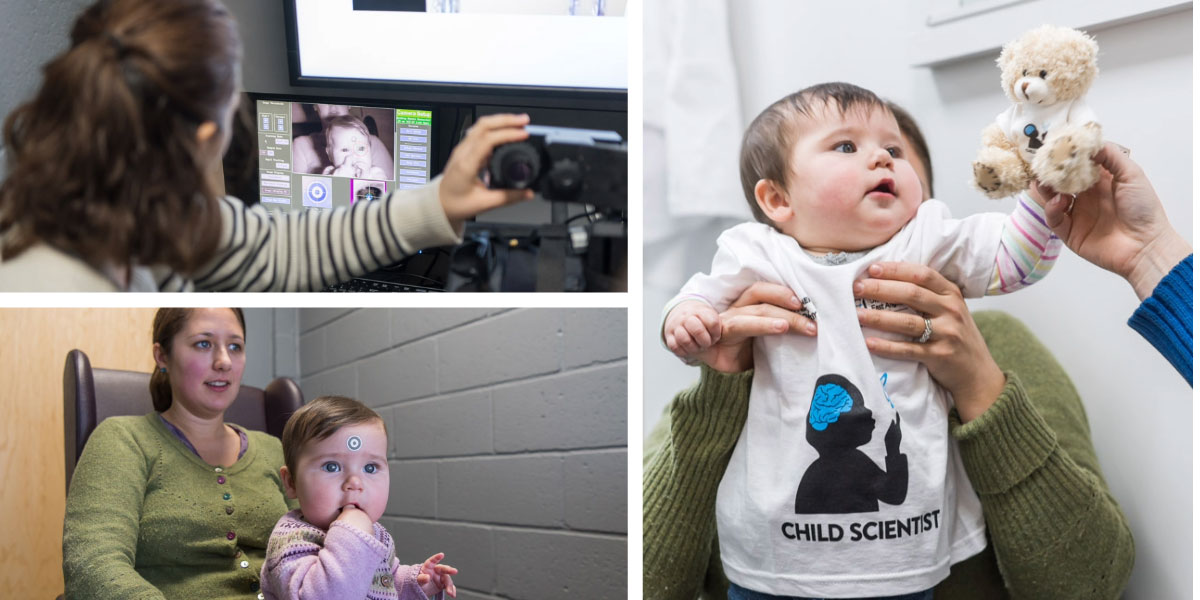About the project
About the project
 The shapes of physical things are deeply relevant to everyday human goals, determining how we use objects and the basis for generalizing past experiences with one object to another, different object. Thus, it is not surprising that the shape of things is encoded in multiple ways in the world’s languages.
The shapes of physical things are deeply relevant to everyday human goals, determining how we use objects and the basis for generalizing past experiences with one object to another, different object. Thus, it is not surprising that the shape of things is encoded in multiple ways in the world’s languages.
A considerable literature has documented both the role of shape in languages and the variability across languages in noun lexicons, nominal classifiers, and quantification systems. For example, in many languages, verbs encode shape-related aspects of objects (as in Dutch, German, and Norwegian), with different verbs used to describe the placement of an object when its major axis is vertical versus horizontal with respect to gravity.
However, the most considerable domain of research concerns classifier systems in which nouns obligatorily appear with classifiers whose semantics are predominantly organized around a higher order global shape category, such as being long and thin, or rounded, or tube like.
Sign languages, which emerge in deaf communities and are full-fledged languages in their own right, also represent object shape; and classifiers are also commonly found in the grammars of sign languages. And the youngest language learners have been found to prioritize shape when learning new names for things. Clearly shape is central to language and cognition.
This project seeks greater understanding of the bi-directional influence of language and cognition
In this synergetic endeavour, we focus on human visual object recognition, and, specifically, on the representation of object shape. Our choice of this domain and our theoretical goals and our approach emerge from three currently unconnected literatures on:
- how languages codify shape in their lexicons, morphology, and syntax
- the shape representational system that supports human visual object recognition
- findings of bidirectional dependencies in children’s development of shape representation and language.
Any explanation of how one’s language influences cognition is ultimately a developmental theory. Considerable evidence indicates that children’s learning of object names drives the development of human visual object recognition and also depends on advances in children’s representation of object shape. In many languages, the vocabularies of 2- to 4-year-old children are dominated by nouns that name physical entities in the world.
In multiple languages, these early noun vocabularies have been shown to play key roles in the acquisition of verbs and other predicates. The literature also shows that noun vocabulary growth is tightly linked to the development of children’s attention to, and representation of, the shapes of everyday objects. The rate of addition of object names to an individual child’s vocabulary is related to the degree to which the child attends to shape when forming new object categories.
Cross-linguistic studies indicate that the language being learned modifies the development path and shape representation.
Other studies show that determiners, quantifiers, verbs, and other variations in the sentence frames in which object names are embedded influence the object categories children form.
There is preliminary evidence that children who are slow to acquire language – including children with autism (ASD) and developmental language disorder (DLD) – have disrupted processes related to shape perception in the context of naming.
Both children with autism and those with developmental language disorder experience difficulties with aspects of word learning, but these two populations of children differ markedly in their cognitive and linguistic profiles. There have been no systematic studies examining the co-development of visual cognition and language in these populations.
